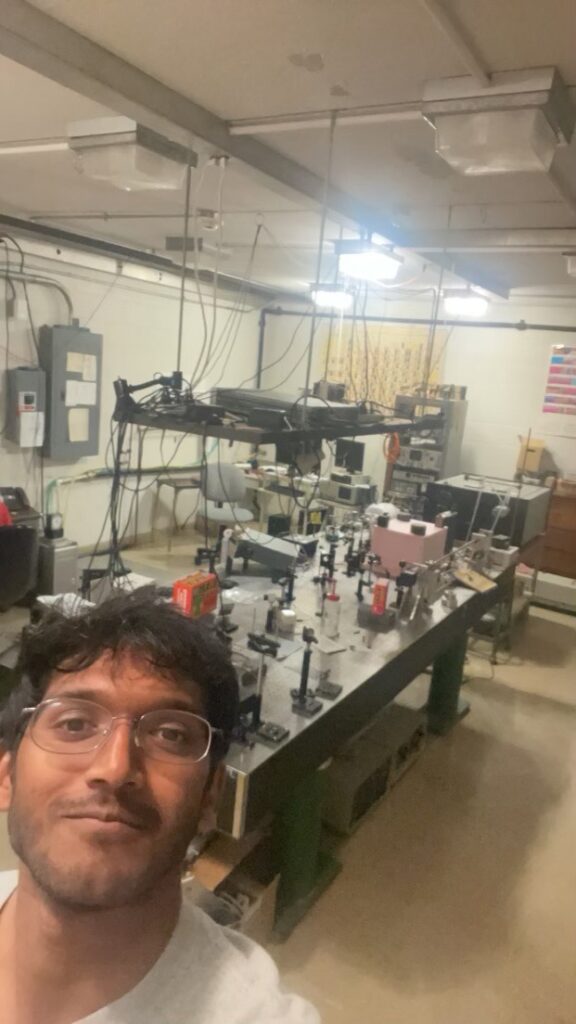Faculty Sponsor: Brian Stewart
Abstract:
The study of molecular collisions is crucial for understanding few-body dynamics in atom-molecule interactions. Our lab’s research focuses on non-reactive collisions between Lithium dimer (Li₂) and Neon (Ne), aiming to measure energy transfer rate coefficients and cross sections on a single excited-state potential surface. Despite existing models, accurately merging quantum mechanical and classical trajectory approaches, especially in rotationally inelastic collisions, remains challenging.
Here, I explore two trajectory programs: T, which uses a computationally efficient algorithm, and CT2, which is slower but can be used for chemically reactive systems. Discrepancies had been noted between the outputs of these two programs in some situations, and my task was to determine the origin of the problem and to fix it. In this poster, I will show how I isolated a bug, which turned out to be a miscalculation in vibrational energy levels, utilizing data visualization techniques.
By solving this bug, our lab now has the capability to accurately simulate reactive collisions which greatly broadens the range our computational experiments. Our over-arching hope is that research enhances the understanding of molecular collisions, provides better models for multi-body interactions, and supports collaborative efforts with other labs. Hope you like it!
Inesh-poster.pptx-1-1

